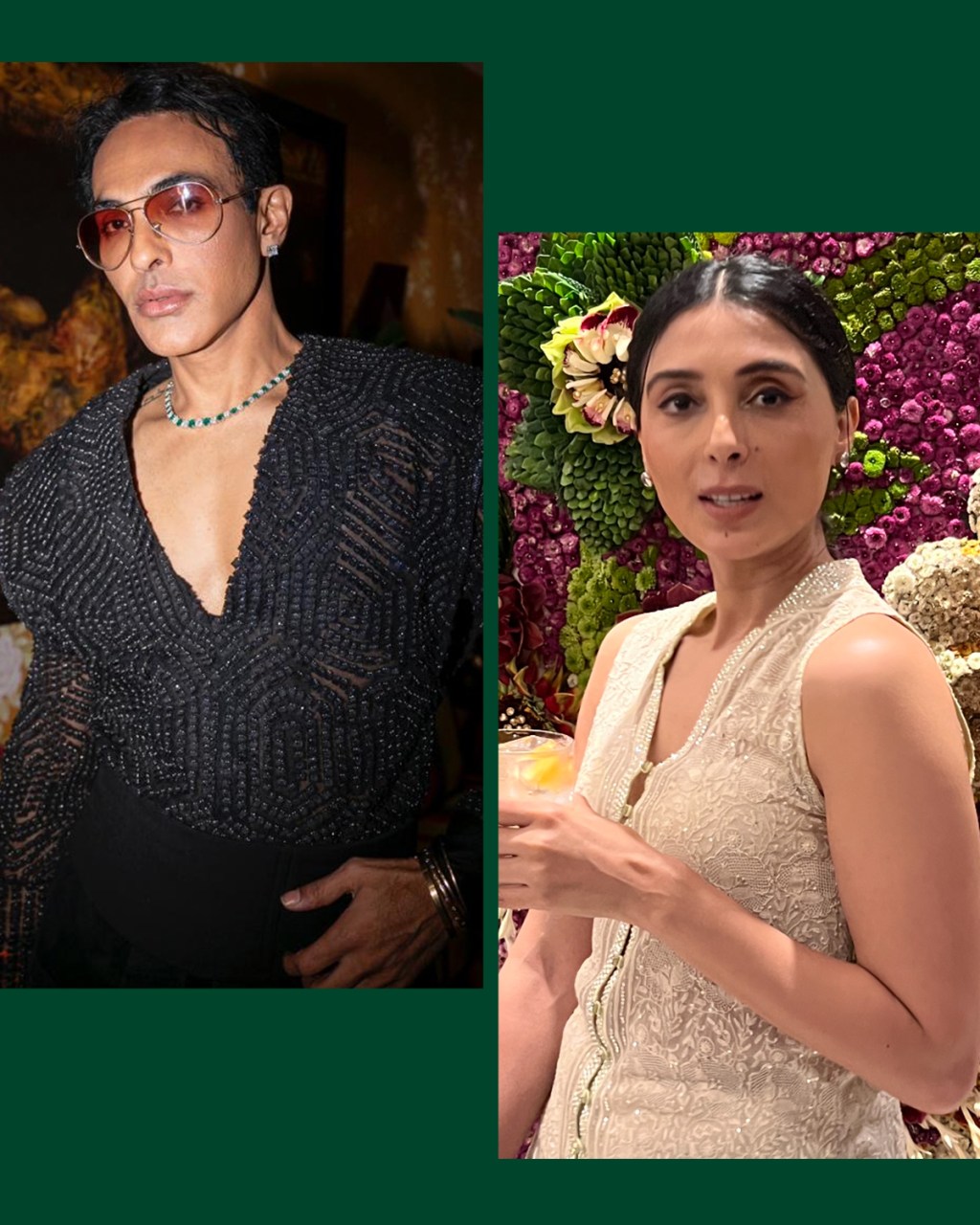Classical Adornment: From Then to Now
Adornments have long been custodians of rituals and traditions. Now, they are being reinterpreted through a contemporary lens, while keeping their essence sacrosanct.
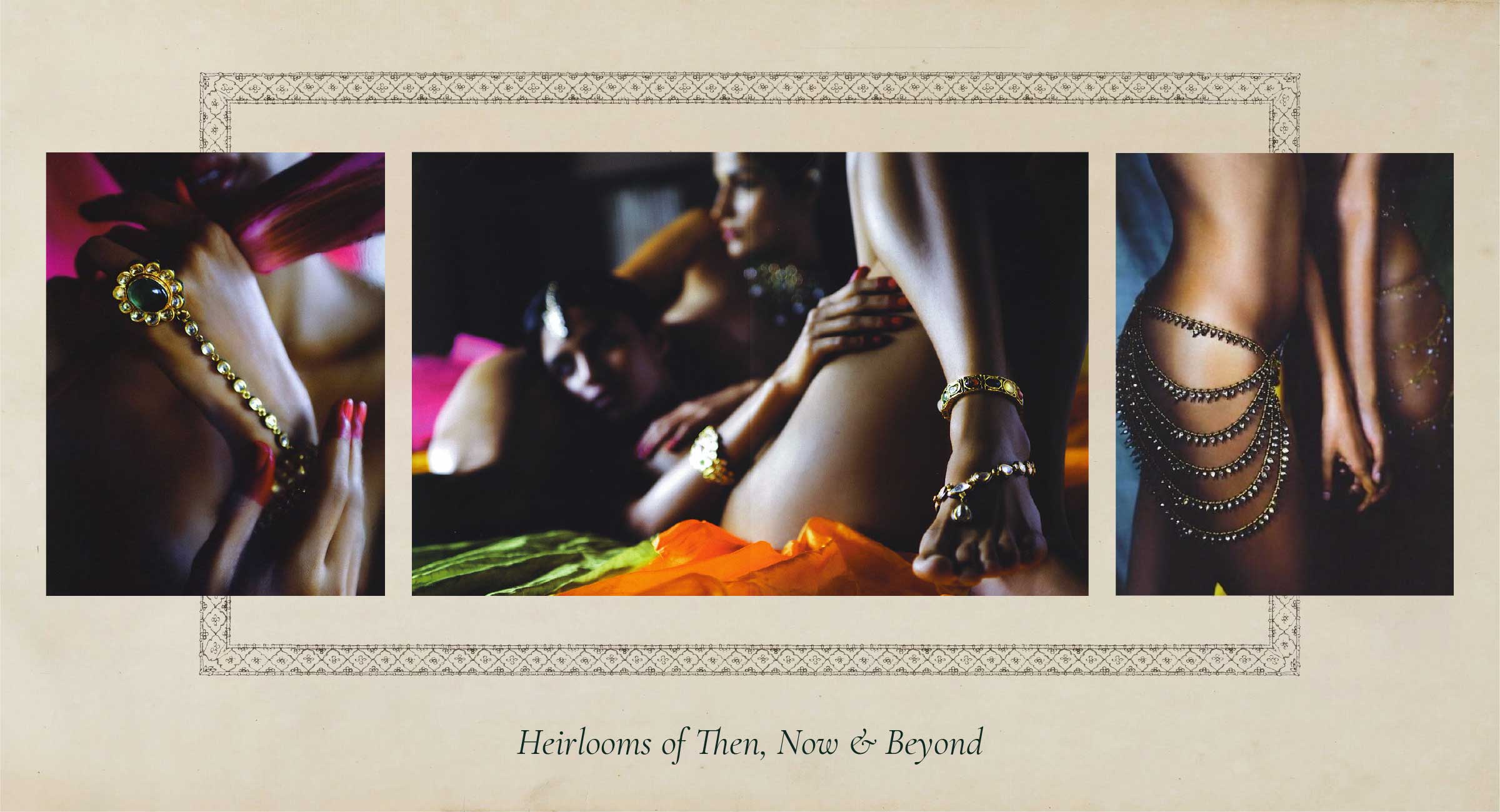
A relic of the past, a treasure of the present, and a souvenir for the future- jewellery means all that and much more. In India, jewellery carries imprints of some of the earliest civilisations, their practised culture, art, and traditions with the oldest traces found from the Indus Valley Civilisation.
The many forms of Indian jewellery we see today is a culmination and expression of the country’s striking history and its manifold cultural impressions, its splendour molten and shaped by the craftspeople, and preserved by traditions.
Jewellery goes beyond being objects of just aesthetic and/or economic value; gold and silver are considered both precious and sacred, an indispensable element of auspicious events and traditional rituals. It is often passed on or gifted as a blessing as jewellery is considered to have talismanic powers to ward off evil and welcome good luck, like the Navratna which is embedded with nine precious gems which symbolize the power of nine Hindu deities. In fact, the Vedic Hindu tradition regards gold as a symbol of immortality.

What has followed is that jewellery is believed to serve a purpose larger than just aesthetic value even during weddings; they are often worn as part of a ritualistic tradition called ‘solah shringar’.
It is a practice of adorning a Hindu bride with 16 classical elements which include jewellery and non-jewellery alike. It includes Mehendi, Attar, Kajal, Bindi, Shaadi ka joda, Maang Tikka, Earrings, Necklaces, Nose ring (Nath), Armlet (Bajuband), Haathphool, Bangles, Waistband (Kamarbandh), Anklets, Hair flowers (Gajra), and Vermillion (Sindoor). Said to correspond to the 16 phases of the moon, the solah shringar is believed to aid in the good health and wealth of the wearer. While each constituent of the Solah Shringar is said to depict innate symbolism as per Hindu beliefs, the current narratives of the Solah Shringar as a practice are being reinterpreted by many brides from a more progressive lens.
A new approach
Like the wedding ceremonies themself which have shrunk from the ‘large Indian wedding’ to more intimate celebrations, the adornments have also been molded by time and cultural influences.
Contemporary narratives of elements like the bindi, mehendi, and maang tikka, among others, have evolved over time to be more versatile and trans-occasional to suit the preferences of the modern-day bride.
While gold continues to be the metal of choice, diamond jewellery trends are also marking their presence in ritualistic ornamentation of the solah shringar such as in the Haar, Kaanphool, Haathphool, Kangan and Kamarbandh.
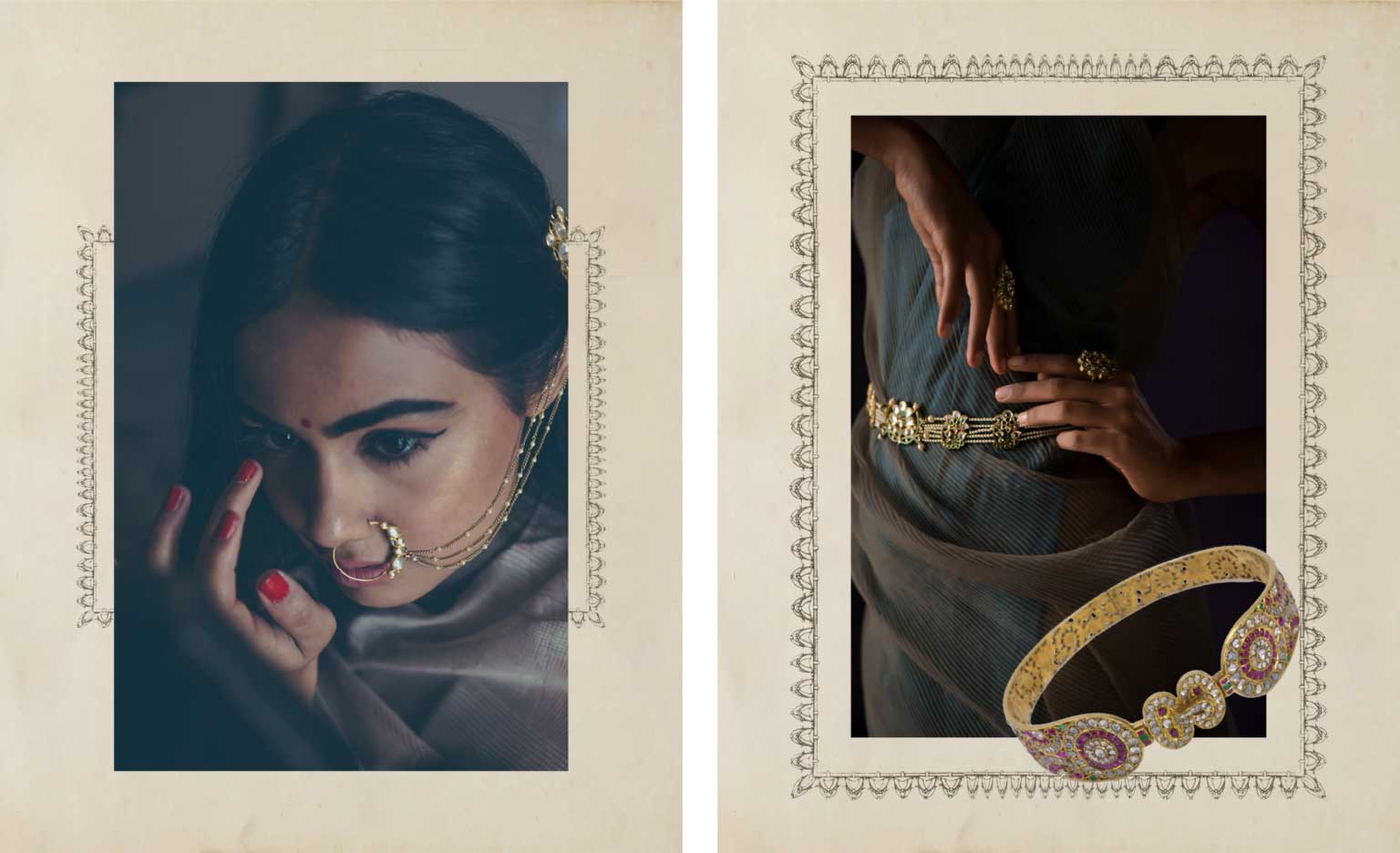
Changing forms
The bindi enjoys a timeless supremacy in traditional ensembles. It is worn between the two eyes which are considered to be the sun and the moon, while the bindi represents the mystical third eye, perceiving the past and the present, and the power to see forward. While the bindi was traditionally worn with vermillion powder, alternatives have copped the market beyond just colours other than red. Encrusted stone bindis resembling diamonds that complement the bride’s joda are making an appearance on special occasions that reimagine the classical adornment.

Contemporary design innovations
Brides nowadays prefer investing in pieces that they can wear even after their big day, styling it up in multiple ways across occasions. The pure gold earrings in the traditional Jhoomar design, which is representative of the temple architecture, and hence considered auspicious, has often given way to not only revised Indian motifs but also natural diamond danglers. Versatile yet statement pieces that can be styled to elevate just about any ensemble, from work to dinner parties, natural diamond pieces like the one Priyanka Chopra Jonas donned for her wedding reception make for a conscious luxury choice as they can be worn in multiple ways, and don’t have to be locked in with the rest of the wedding trousseau.

Tradition meets art
While in some parts of India like West Bengal, Odisha, Ranchi, Jharkhand, etc., a red dye called aalta was traditionally applied on the bride’s hands and feet, the mehendi surely has taken over, and how. A symbol of love between the bride and the groom, mehendi, or henna, is believed to keep diseases away by protecting the bride from evil effects. Mehendi designs have also responded to the taste of the modern-day bride, evolving from the erstwhile motifs like paisley, flowers, leafs, etc. to customised designs that are unique to the to-be-wed couple.
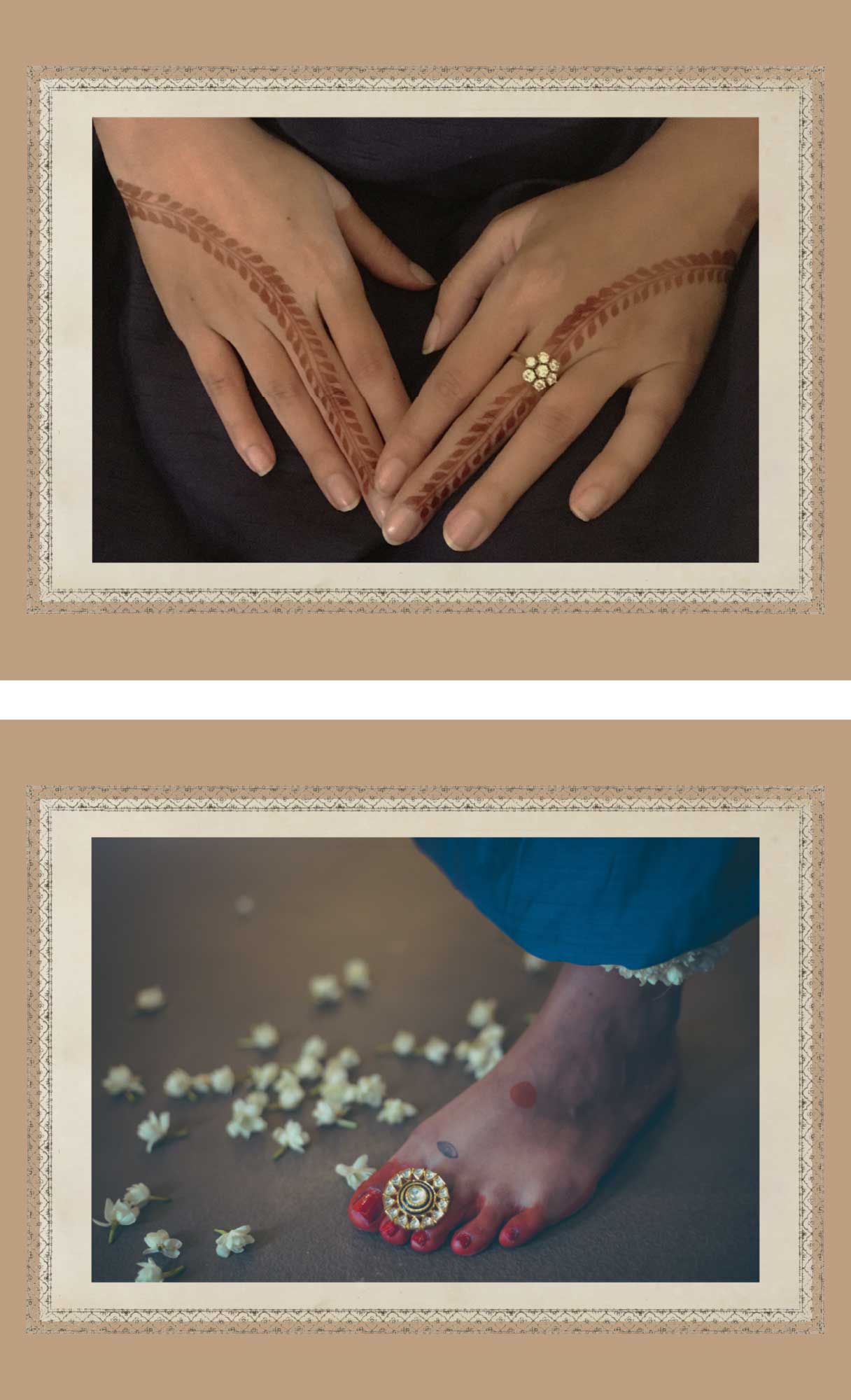
Modern heirlooms
Call it bhor, borla, mondoria, or matha patti, the maang tikka is a defining piece of adornment for any Hindu bride. Also said to represent the third eye and empower spiritual energies and intuitive power, the maang tikka has been reimagined over time to be more malleable when it comes to styling it. To-be-mom Sanjana Rishi opted for diamond jewelleryfor her big day, pairing her maang tikka from Anu Merton with an icy blue suit that she swapped for the traditional shadi ka joda, giving a cue for the sartorial transition of not just maang tikkas, but the wedding trousseau in general. A matha patti encrusted with natural diamonds in minimal designs and modern motifs also make for a transitional, heirloom piece, yet another piece embodying the timelessness of real diamonds.

Going beyond the occasion
Rishi has also swapped the old school ornate gold necklace for natural diamond polki pieces which are minimal, multi-occasion and timeless. Like Rishi, many millennial brides like fashion bloggers Kritika Khurana and Juhi Godambe also opt for natural diamond chokers and haars with emeralds and other precious stones at varying lengths for an enviable stack that can also be styled separately. And with ethical diamonds now pioneering slow fashion and sustainable luxury mandates, more brides are opting for natural diamonds.
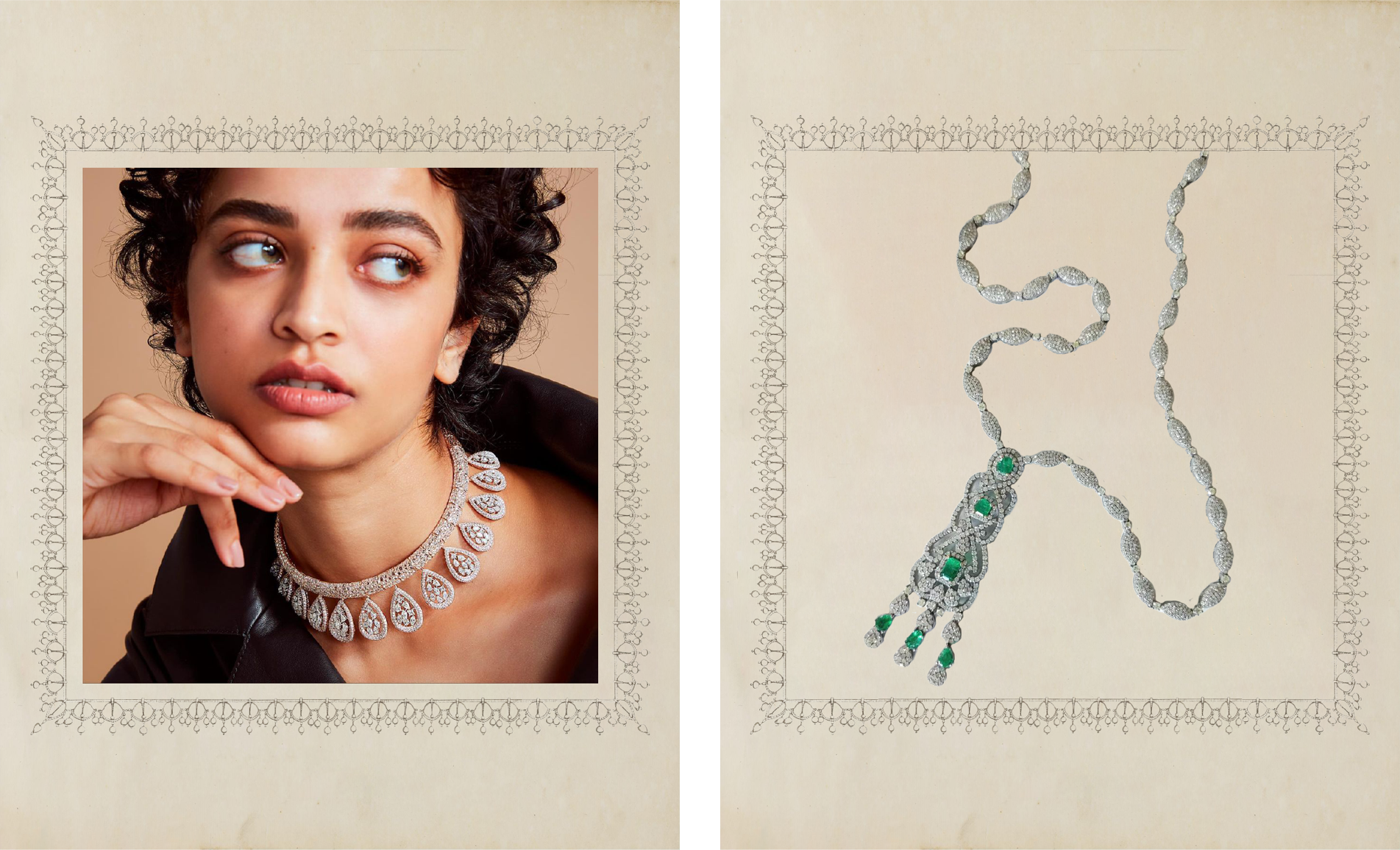
A colourful update
Believed to ward off the evil eyes, the kajal is a daily essential as we know it, transcending both gender as well as occasion. And the colourful update of the humble kohl kajal is perhaps one of the major signs of detail-oriented customisation to fit every unique ensemble. The tradition of making kohl with the soot collected in a silver bowl of a wick burning in mustard oil has now adapted to kaleidoscopic colours like blue, green, and pink kajal to add that explosive yet subtle hint of colour, making every detail special.
Even as fashion trends continue to change every season, traditions bound in adornment jewellery pieces have always anchored our auspicious occasions, and found relevance in our daily outfits as well, just like diamonds. First mined in Hyderabad, India, the diamond is a metaphor of evolving narratives and how cultural forces lend new meaning to traditions. For Indians, not only is jewellery an integral part of the classical adornments, but also cherished family heirlooms which might change shape and form over time but never lose their significance.

